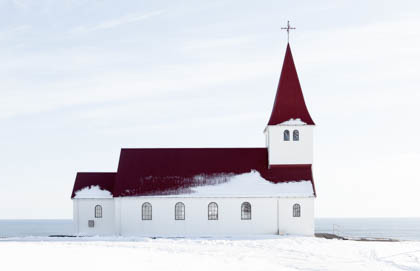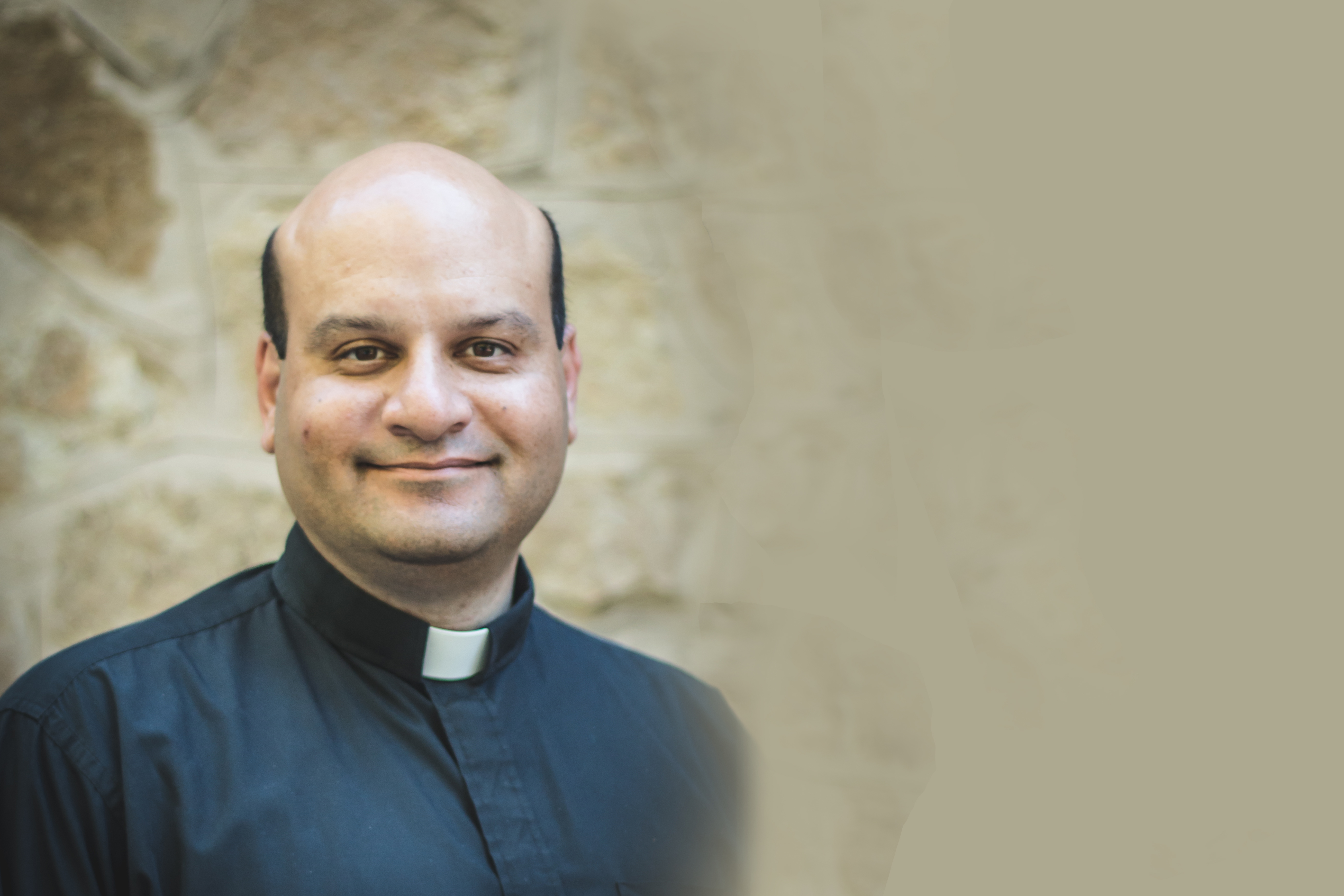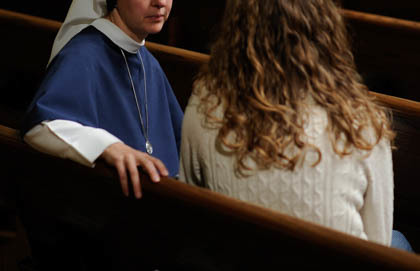A venerable Canadian tradition was in danger. In the parish hall of St. Joseph’s Ukrainian Catholic Church in Thompson, Man., each December the fur trappers of the north come to sell their pelts at the Thompson Fur Table. It’s the only such event in Canada, some 700 kilometres north of Winnipeg, where northern trappers can auction their pelts. But prices were down and the auction costs the Manitoba Trappers Association $13,000 to run, money it cannot afford. So the Fur Table was in danger of shutting down, forcing trappers to go elsewhere – and there is not a lot of elsewhere in Canada's forbidding north. It was thought that the whole affair might have to be transferred to Winnipeg, which would have been the first time that Winnipeg would be thought too far south. On the positive side, the frozen fur trappers might have welcomed a mid-winter break in Winnipeg – Arctic snowbirds, so to speak. Relief came, however, and the Thompson Fur Table, scheduled for December 18-19, 2015, has been saved. The trappers are relieved, as the Fur Table also doubles as an occasion for Christmastime visits and shopping for those who live in remote areas. And no doubt St. Joseph’s parish is pleased, too, as there are not a lot of replacement tenants for the parish hall. That’s faith in our frozen, and common, life.
What about a winter wedding in Winnipeg? Too balmy? Then you might try the ice church in the Balea Lac resort in the Fagaras Mountains of Romania. The Catholic Herald reports that it was consecrated this year: “The church, built out of ice blocks cut from a frozen lake at an altitude of 2,000 metres, will host weddings and baptisms throughout the winter.”¹ Finally, a solution to the bane of every pastor’s life: furnace maintenance in wintertime.
Temperatures will be warmer in Rome, where Small Talk will be for the opening of the Jubilee Year of Mercy this December. Jubilee years are modelled on the Old Testament practice of a jubilee (every 50th year), which followed a “week” of Sabbath years, which fell every seventh year (seven Sabbath years arrives at 49, the next year being the jubilee). In 1300, the Pope declared a special jubilee year, which involved pilgrimage and penance, and over the centuries it came to be celebrated every 50 years. The last one was the Great Jubilee of 2000, and I was living in Rome for that momentous year. From time to time, a special jubilee is declared in addition to the regular schedule, and Pope Francis has declared a special Jubilee Year of Mercy for 2016, to begin December 8, 2015. The Year of Mercy will not be an exclusively spiritual event. The Hedera gelateria on the Borgo Pio, near the Vatican, has produced a special flavour for the Year of Mercy. The treat is yellow and white – the colours of the Vatican flag – and made of milk, cream and limoncello, an Italian liqueur. Francesco Ceravolo, the proprietor, thought the new flavour should have a penitential aspect, hence the selection of limoncello, the lemon apparently being a symbol of purification.² Small Talk plans a jubilee year full of such penance.
Not everyone is on board with the jubilee of mercy. For example, the New York Times found Jill Filipovic, former political editor for Cosmopolitan and currently working on a book about “female pleasure and politics in America,” to express her dismay about what the New York Times is perpetually dismayed about, namely that the Catholic Church is still against abortion. “Mercy for women who have had abortions certainly seems preferable to condemnation. But mercy may actually be worse.”³ The argument is that condemnation may be harsh, but mercy involves contrition, reconciliation and eventually conversion. It involves the idea that there is something – sin – for which mercy is needed. The New York Times is not seeking mercy. Apparently having no sins of its own, it prefers throwing stones at others. Like much of the world, it desires not mercy but approval. If approval is demanded, mercy is insulting. Better condemnation on my terms than mercy on God’s terms, to paraphrase Milton. It’s a dark world where mercy “may be worse.” That darkness is likely why Pope Francis thought a jubilee of mercy necessary in the first place.
Progressives often have a special animus toward religion in general, the Catholic Church in particular. The recent election campaign brought to light crude anti-Catholic tweets from Shawn Dearn, director of communications for NDP Leader Thomas Mulcair. Mulcair, himself a Catholic, was untroubled by the labelling of the Church as “misogynist, homophobic” etc. and declared the matter closed after Dearn apologized. “Some tweets that predated my current role were offensive and do not reflect my views,” Dearn said.4 That may be why he was hired. In politics, the communications director has to be skilled precisely in saying things that do not reflect his views, or the truth. It’s not clear if, the election campaign being over, the tweets once again reflect Dearn’s views, as they did before.
The election resulted in a thumping victory for Justin Trudeau’s Liberals, who soon unveiled a Cabinet that “looks like Canada.” That’s Bill Clinton’s line about his cabinet back in 1993, so we are a little late getting on board that train. Of course, no Cabinet looks like Canada, not least because there are never people in Cabinet whose eyes glaze over with boredom or flash with anger at talk about politics. That’s what Canadians actually look like. Over at TVO, the respectable Steve Paikin dipped his toes into the murky diversity waters by observing that a Cabinet that has four Sikhs does not really look like Canada. He put it in the context of the absence of Italians, quoting an anonymous Italian Canadian: “Four Sikhs and no Italians? I don’t know about that.”5 Small Talk generally sees the greater prominence of Indians in Canada’s common life as a good thing, but the “looking like” talk should be retired. After all, four Sikhs out of 30 not only does not look like Canada, it does not look like India.
The new Trudeau cabinet carried an old name in the prime ministerial slot, but a lot of other names were changed. The key cabinet committee known for decades as Priorities and Planning is now Agenda and Results. Does that mean more results with less planning? Probably a good thing, unless less planning frustrates the obtaining of results. The poor foreign service officers have to get new stationery again. The once venerable Department of External Affairs – with its colonial sounding Secretary of State for External Affairs – was replaced in the 1990s by the Department of Foreign Affairs. Later it became the Department of Foreign Affairs and International Trade, but the Conservatives got tired of that and renamed it Foreign Affairs, Trade and Development. Stéphane Dion will now head up the new Global Affairs Canada, which sounds rather like a consulting firm. Dion himself will keep the title of Minister of Foreign Affairs, which means he is a minister of a department that nominally does not exist. Over at Dion’s old department, it’s now Environment and Climate Change. That’s a novelty, because most departmental names indicate what they are for – health, employment, defence. The new Climate Change minister is actually against it. Or perhaps in favour of it as “settled science” but against it as a dangerous phenomenon? Anyway, there is no Department of Sickness, even though for years the principal criticism of our health-care system is that it is not really about health but the treatment of illness. It should not pass notice that Trudeau is not only Prime Minister but also the Minister for Intergovernmental Relations and for Youth – an unprecedented combination. Does it mean the Prime Minister thinks the provincial premiers are teenagers?
A most deleterious development in Cabinet-making over the years was the multiplication of regional development agencies, often with their own minister responsible for dispensing federal patronage from sea to sea. After the Paul Martin cuts, after the tight restraint of the Harper years, Canada was adorned with no less than six such booty-delivering agencies: the Atlantic Canada Opportunities Agency, Canada Economic Development for Quebec Regions, the Canadian Northern Economic Development Agency, Western Economic Diversification Canada, the Federal Economic Development Initiative for Northern Ontario and the Federal Economic Development Agency for Southern Ontario. This last and newest was because Toronto was feeling left out. All of this nonsense is now being mercifully bundled up and given to the (newly named) Innovation, Science and Economic Development Minister, Navdeep Bains. How he is expected to organize all this remains to be seen, but the principal thing is likely to remain constant – the cash will keep flowing to every region.
One government office that never changes its name, its mindset or its tactics is the much-maligned Office québécois de la langue française, the Quebec government’s language watchdog. Last summer it ordered a hospital in the town of Gaspé to take down the bilingual signs giving patients directions to its various departments. The language bureaucrats ruled that only those signs for “health and public safety” – for example, directions on handwashing – could be bilingual.6 The antics of Quebec’s language police are rather tiresome by now, but what is noteworthy is that much of what goes on in a hospital is not considered related to “health.”
Pro-life groups, like many charities, do a lot of their fundraising in the weeks before Christmas. A frequent image one sees in such appeals is that of a nativity scene with the caption, “One unplanned pregnancy changed everything.” The point is clear but theologically imprecise. No birth was ever more planned than Jesus’. From the beginning, as it were. At the precise moment when the fullness of time had arrived. As Saint John wrote in his first epistle: “That which was from the beginning, which we have heard, which we have seen with our eyes, which we have looked upon and touched with our hands, concerning the word of life – the life was made manifest, and we saw it, and testify to it, and proclaim to you the eternal life which was with the Father and was made manifest to us – that which we have seen and heard we proclaim also to you, so that you may have fellowship with us; and our fellowship is with the Father and with his Son Jesus Christ. And we are writing this that our joy may be complete.” At Convivium, we wish that your joy may be complete this Christmas. Blessings to all!






